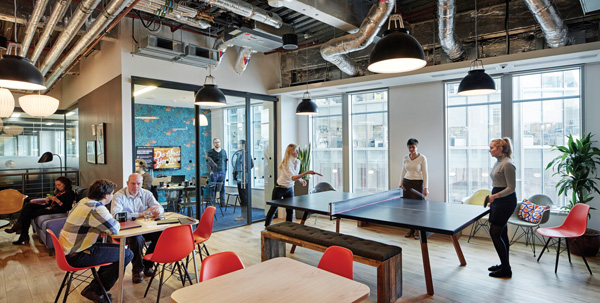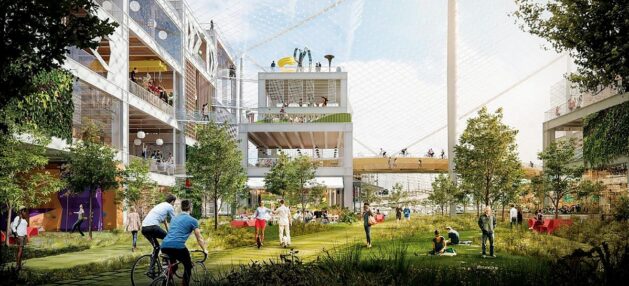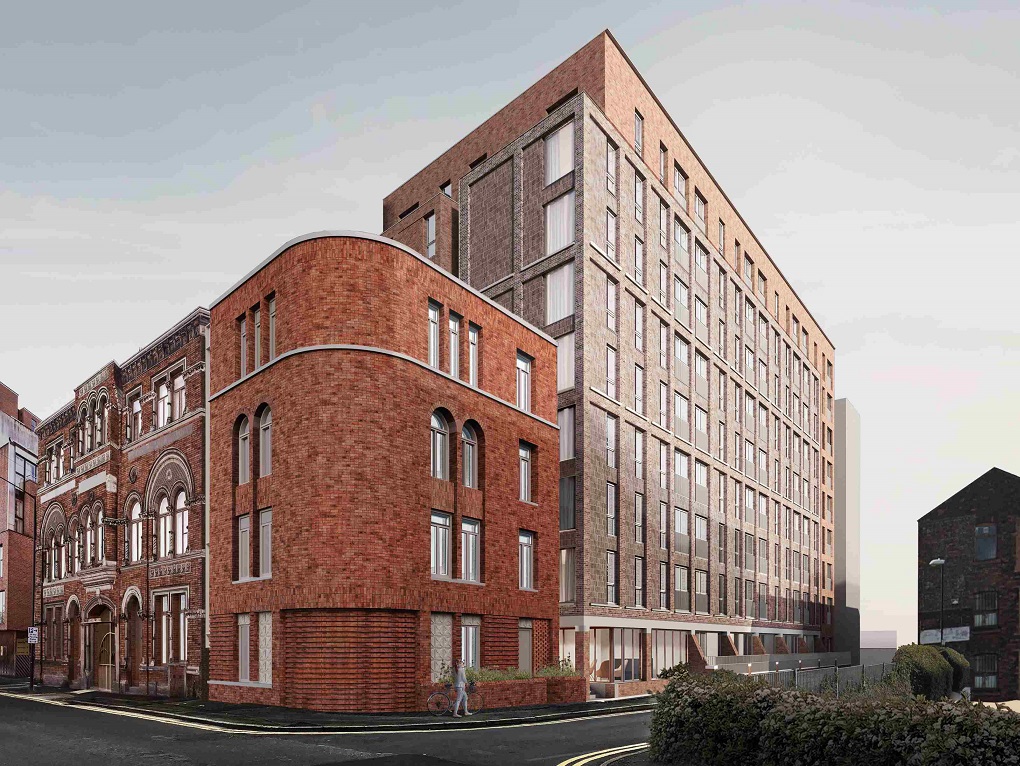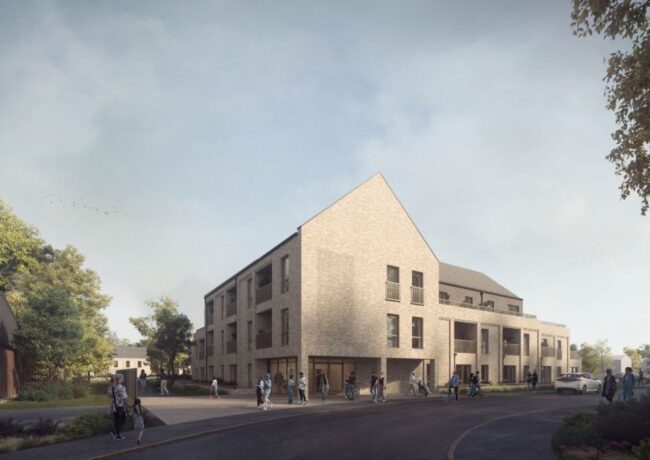Are Universities ready for the WeWork campus?
Autumn’s on its way, and students across the country are recovering from the highs and lows of results day, packing their bags and preparing for the adventures of university life, which for previous generations entailed a broad mix of parties, Proust and lashings of baked beans, writes Oliver Ronald of Space Zero.
But what does the university adventure look like for the undergraduates of today? And how can campuses compete with the excitement offered by the digital world?
To get into the mindset of the latest generation of freshers, we might look at what has happened in their lifetimes. Most were born at the turn of the millennium, which means they’ve grown up alongside the tech revolution, and expect the world to keep up with the content on their screens. Whilst we haven’t quite produced the hoverboards of Back to the Future or the sci-fi landscapes of the Walking Cities envisioned by Ron Herron of the 1960s architectural collective Archigram (pictured), we have built vertical cities, floating cities and even underground cities. And whether we like it or not, we all live in digital cities.

Ron Herron Walking Cities – New York
Campus design across the world has changed accordingly, but very few, if any UK universities have the vision or finances to radically transform the way in which they deliver their curriculam. And some have struggled to keep up with the advances of digital technology. Despite the efforts of the Estates Teams most are still very corporate and dated in outlook, so it’s no surprise a recent survey from US workplace design specialists Gensler revealed that most students found universities facilities disappointing, with lecture halls receiving a terrible 19% satisfaction rating.
So as university senior management teams and estates departments ponder over the dilemma of balancing ‘clicks with bricks’, the reality of how to cope with the future expectations and fickle nature of their millennial ‘customers’, will be perhaps their biggest problem. Technology now governs how, and where lecturers pedagogically deliver the course curricula to their students. Depending on their subject, a student might benefit from the atelier system and the ‘studio’ atmosphere, which is collaborative and interactive; while courses delivered solely online may lead to isolation, with students linked only virtually to the rest of their cohort.
University libraries are trying to encourage students to return by creating more areas for quiet social interaction and contemplation. However, today students carry tablets and laptops instead of books in their backpacks. So what will the university campus of the future look like? And how will universities prepare students for the world of work and the increasing popularity of the digital co-workplace?
The WeWork revolution
Perhaps the University of Maryland has found the answer. The US College has formed a partnership with WeWork, opening their first co-working space on campus in September 2018.
WeWork began in New York City in 2010, initially as flexible office space for start-ups. Today, with over one million ‘members’ worldwide, it’s the fastest growing business recorded since SnapChat. In the last year it has taken more floor space in London than any other organisation, more than Google, Amazon and Deutsche Bank – second only to the UK Government!

WeWork Spitalfields, London
So what do WeWork members get for their money, that universities might consider offering their students? Amongst other benefits, a friendly and casual non-corporate atmosphere, natural light, the flexibility to work individually or collaboratively, networking opportunities and exposure to prospective employers, festivals and activities, flexible membership, beer, pets and Prosecco. And of course, the all-important free Wi-Fi.
With university applicant numbers predicted to drop until 2019, and surveys questioning the benefits of a degree in the modern workplace, universities may not be able to attract future cohorts without bold attempts at emulating the workplace of the future. So how can universities use the principles of the WeWork concept to entice the country’s 18 year olds into higher education?
Perhaps one ambition for UK universities might be to design campuses like Googleplex’s proposed new one; designed by WeWork’s new head of architecture, Danish architect Baarke Ingles Group (BIG), together with UK’s Thomas Heatherwick. The campus will be under a biosphere, without the restrictions of conventional walls, doors and roofs, and where students can cycle into the building right up to their desk. Perhaps the key to building the campus of the future lies in the removal of barriers and the offer of freedom and flexibility.




